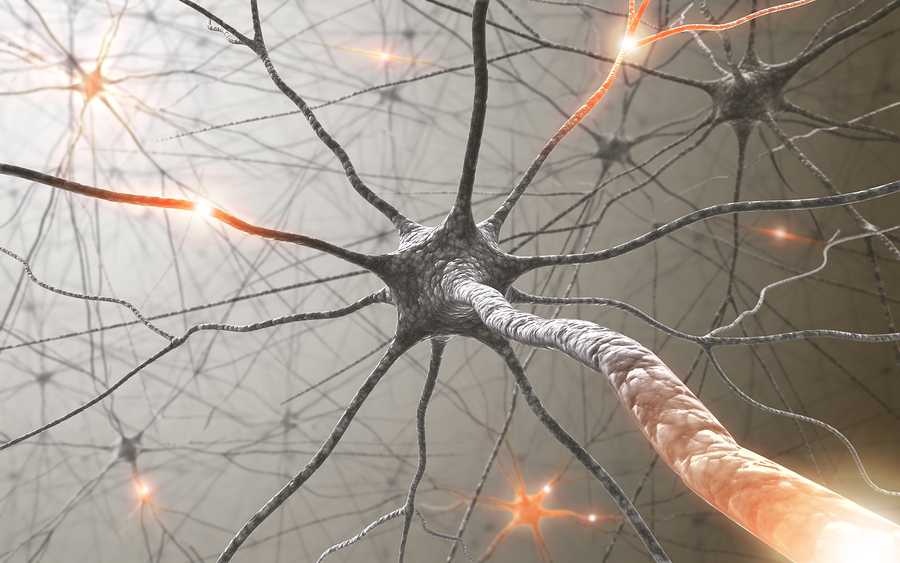Neurofeedback, a decades-old field of neuroscience, is suddenly becoming popular again. Thanks to word-of-mouth and some new technology, people are once again exploring the potential impact it could have on our brains- and all without drugs, exercise or meditation. The promise of neurofeedback is that we can shift our brain waves back to health; people suffering from attention deficit hyperactivity disorder, post-traumatic stress disorder, anxiety, anger, or depression can simply sit in a comfortable chair for half-hour sessions with a few wires coming from their scalp and get a “mental tune-up”, or maybe even a complete rewiring of an off-kilter brain.
It sounds like quackery, but it isn’t. Neurofeedback, which uses real-time displays of brain activity to teach the brain to self-regulate, is a technique neurologists have wielded since the 1960s. Back then, NASA was concerned about astronauts having rocket fuel–induced seizures. They approached Barry Sterman, a researcher at the University of California, Los Angeles, School of Medicine, for help. Sterman soon discovered that he could minimize the damaging effects of rocket fuel on cats with an early form of neurofeedback he developed.
The way neurofeedback works is fairly simple: Electrodes are attached to various parts of the skull and hooked up to a computer or tablet of some kind with installed software that reads activity in those regions and computes an appropriate response delivered back to the brain. The brain then uses that data to adjust itself, in the same way that you might be inspired to fix an-out-of place lock of hair while looking in the mirror. As the brain changes, the feedback changes.”
It’s brain training!
The practice grew slowly in the decades after Sterman’s initial work, but recent advances in technology and processor speeds have allowed more practitioners to offer this service with less of an investment, and there is a consensus- based on research- that peaked in the early 2000s that the brain is in fact neuroplastic. In the past couple of decades, Neurofeedback has shown demonstrable results in hundreds of patients with more than 500 peer-reviewed research articles published on the topic in the last few years alone.
More from the article:
“Charles Tegeler, a neurology professor at Wake Forest Baptist Medical Center in North Carolina, got into the field after running a stroke center for 15 years. He became increasingly concerned that stress was killing people, he says, and “putting people on drugs was just a big Band-Aid.” In 2009, Tegeler heard about Brain State. “I thought it sounded like bunk,” he says. But his daughter had developed migraine headaches so excruciating she’d missed most of her classes during the previous semester. Tegeler decided she could undergo the company’s brain wave optimization. “If it helps her headaches, we’ll talk,” he says of his feelings before the sessions. Tegeler also tried it himself, to see if it could do anything for his irregular heartbeat. After 10 sessions in five days, Tegeler’s heart was back to normal, and his daughter’s headaches were gone.”
So, in 2009, he founded a research institute at Wake Forest called HIRREM or “high-resolution, relational, resonance-based, electroencephalic mirroring”. Thus far, HIRREM has enrolled 400 people in five neurofeedback research projects, all using Brain State’s technology. Those participating include people with traumatic brain injuries, insomniacs, and those suffering from depression or stress. The results, Tegeler says, are “like condensing three years of medication into three days”, and all with a small rate of adverse effects. They soon hope to release their findings on a placebo-controlled study of 104 people with insomnia. They will also launch trials later this year to see if neurofeedback can help those with PTSD.
But care needs to be taken as not everyone responds that well to neurofeedback. If you search the web, you’ll likely find comments and blog posts from people who’ve undergone neurofeedback sessions which they say resulted in bouts of insomnia or anxiety. It’s possible to train the brain incorrectly. Kirk Little, a Cincinnati psychologist and president of the International Society for Neurofeedback and Research says, “You can train people in the wrong way. You can put sensors in the wrong spots, the training frequencies in the wrong direction. You can make a person an insomniac, make people more angry and agitated.”
In spite of the potential risks, the number of people using Brain State’s technology has grown from 25,000 five years ago to 100,000 today.
What do you think? Would YOU try this? I must admit, I’m ready to sign up NOW.
Source: Newsweek












